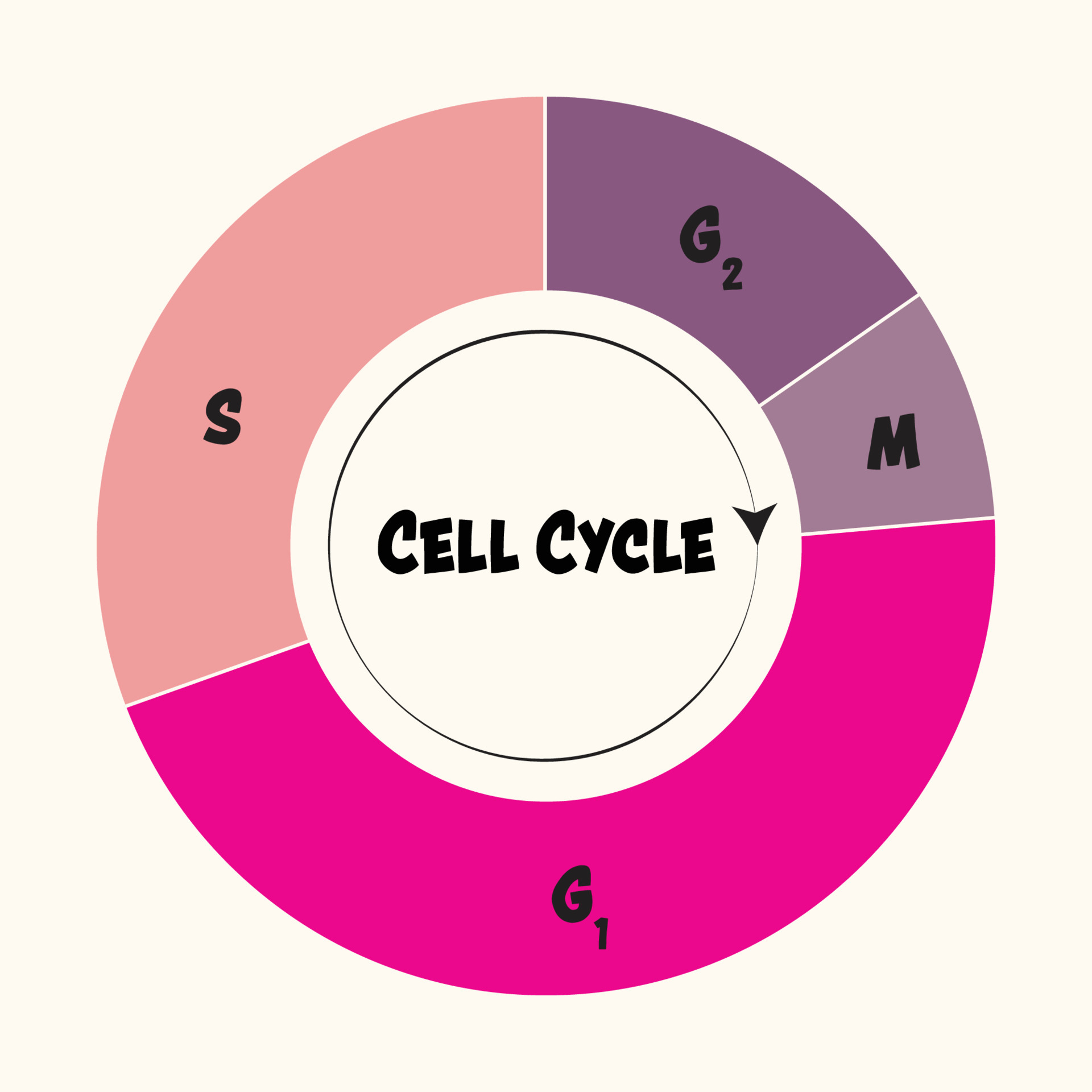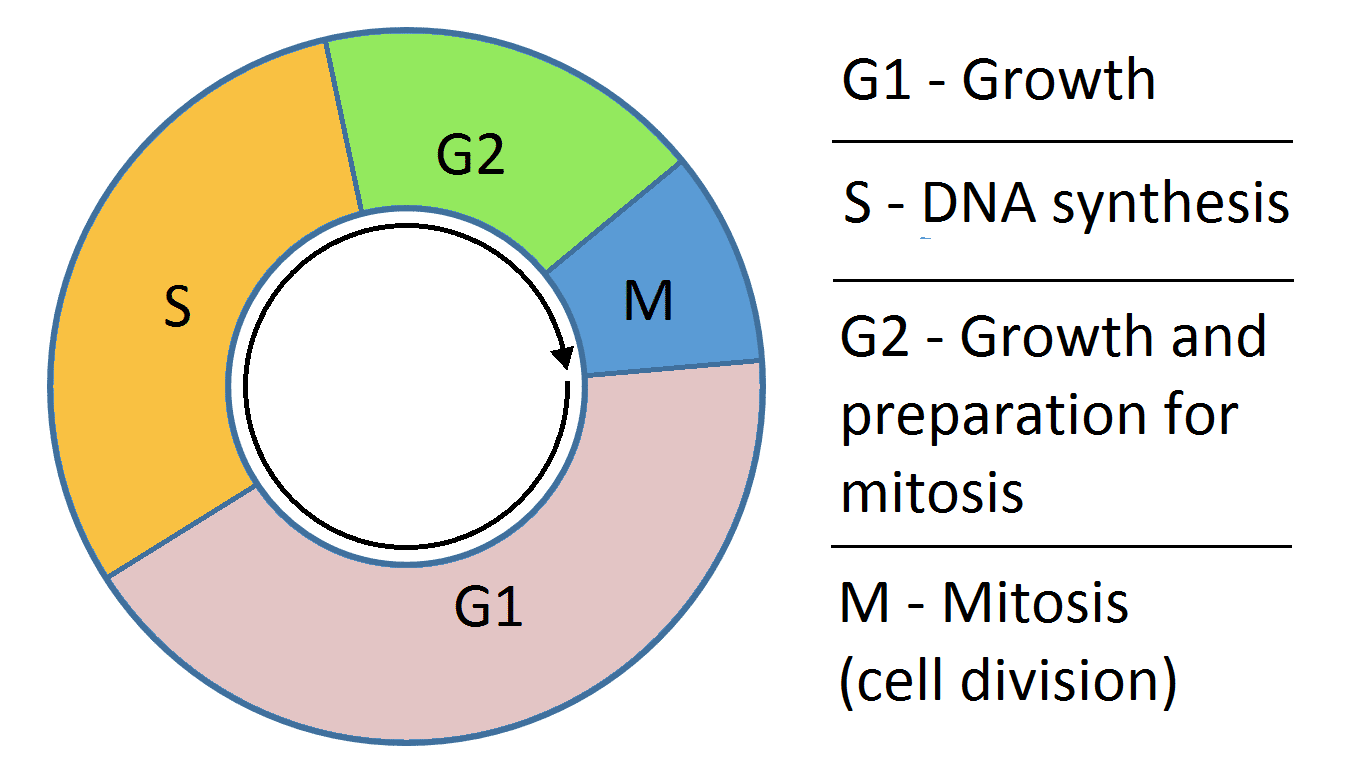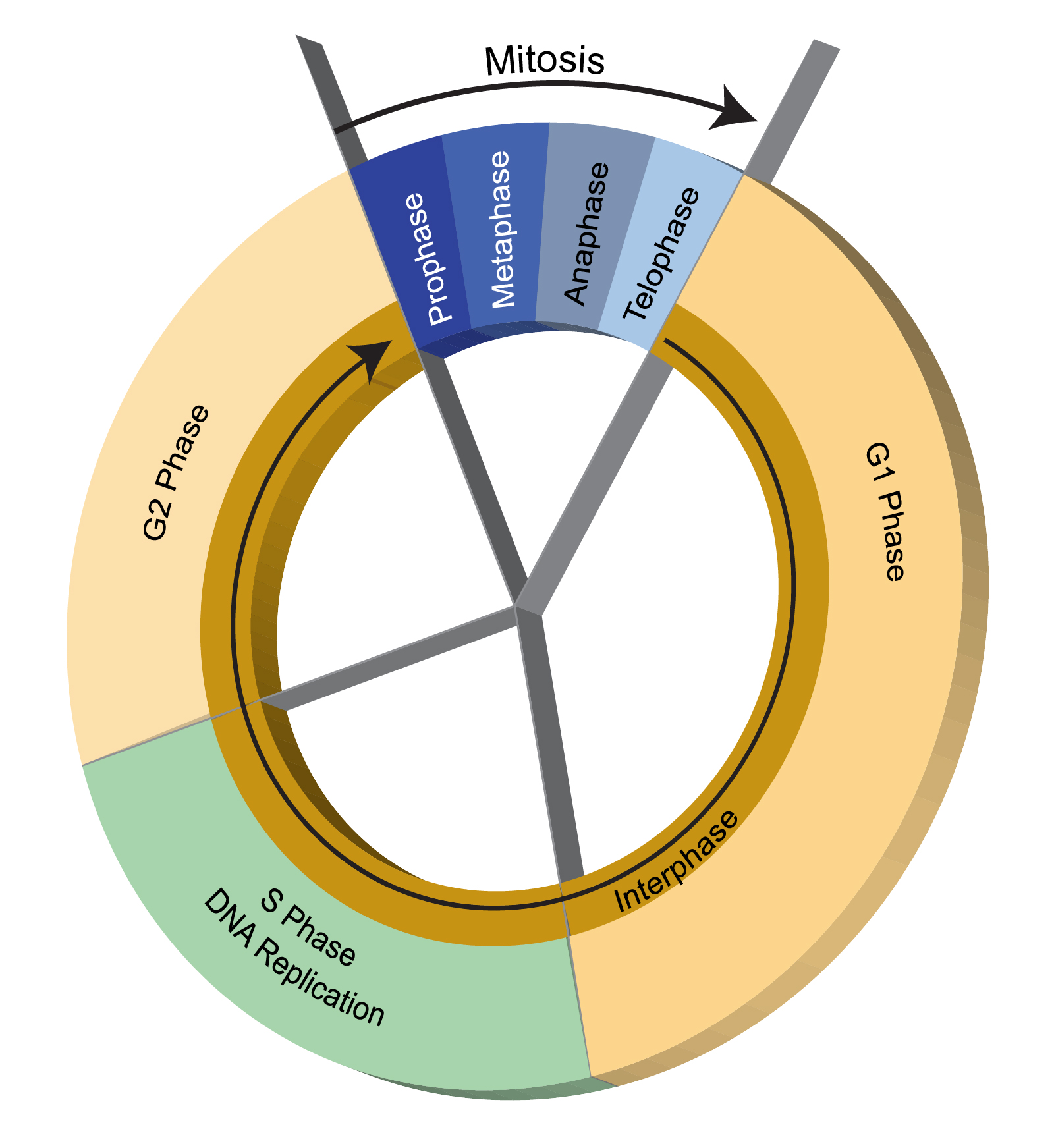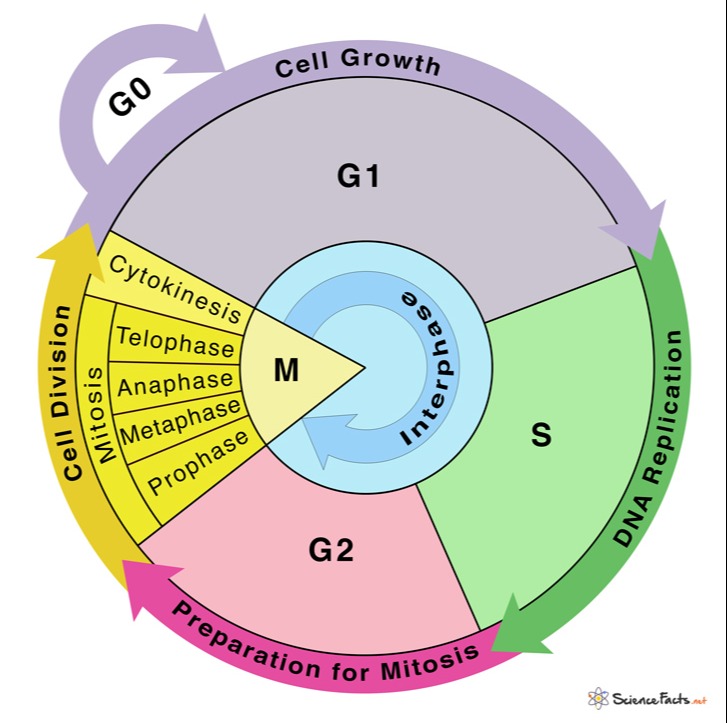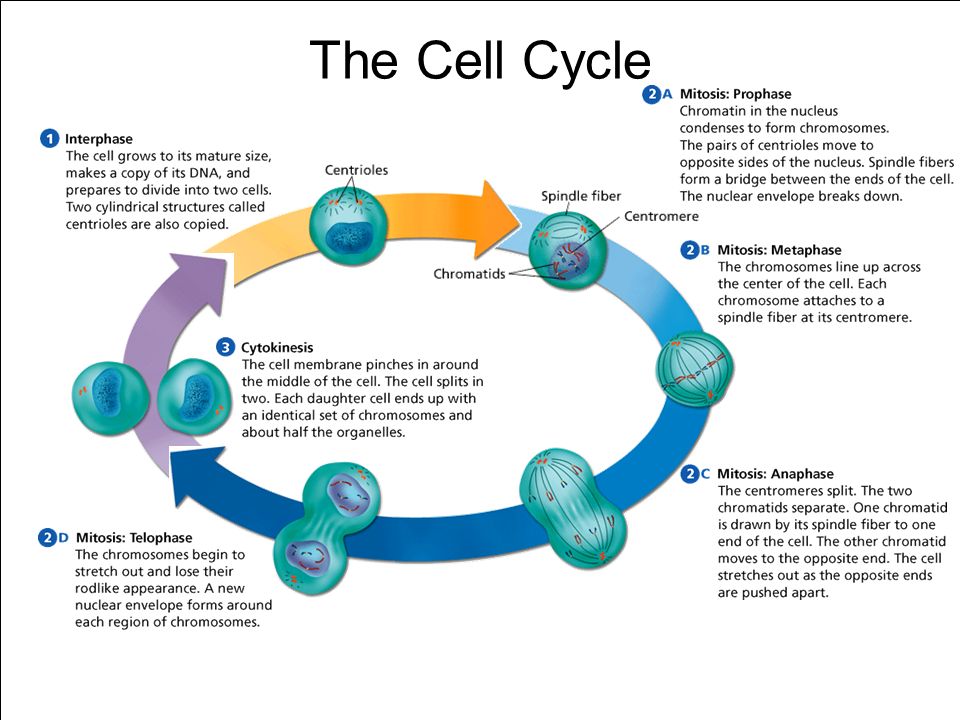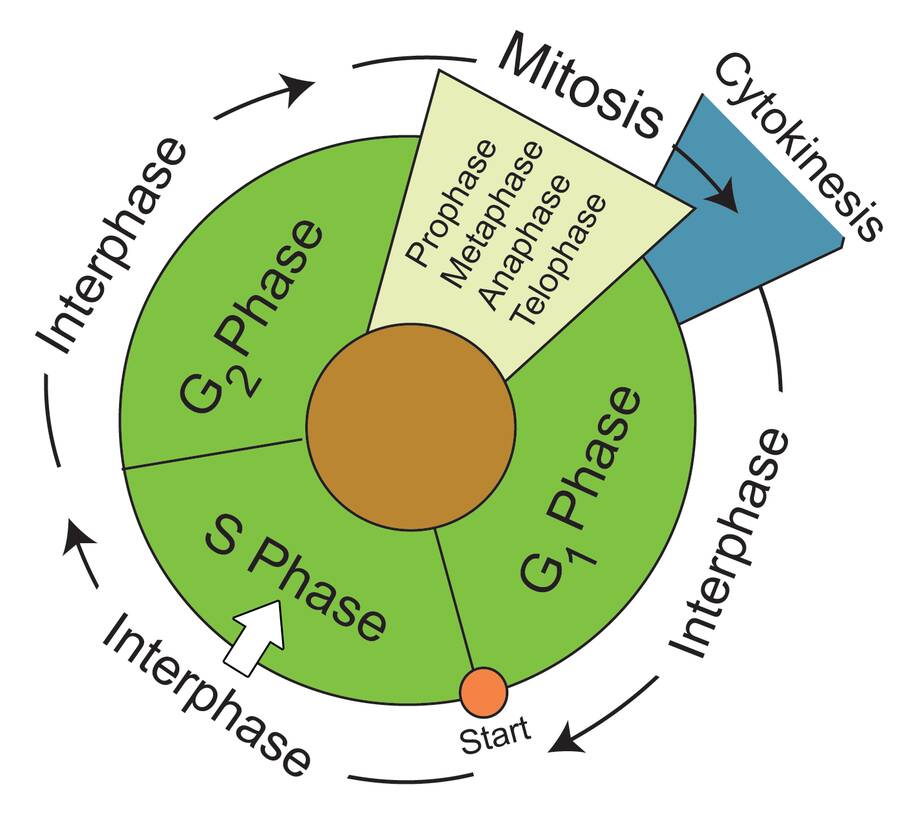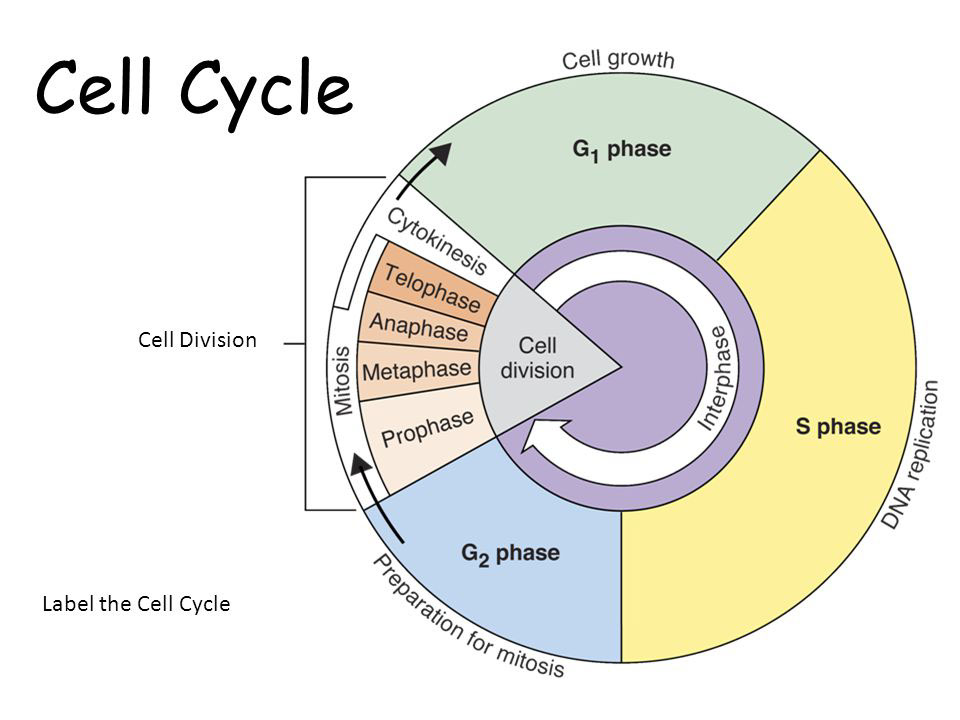Drawing Of Cell Cycle
Drawing Of Cell Cycle - The g 1 phase is set in immediately after the cell division. Modification of work by mariana ruiz villareal; Cells on the path to cell division proceed through a series of precisely timed and carefully regulated stages of growth, dna replication, and division that produce two genetically identical cells. Web the most basic function of the cell cycle is to duplicate accurately the vast amount of dna in the chromosomes and then segregate the copies precisely into two genetically identical daughter cells. Web g 1 phase. For instance, it might conduct signals as a neuron (like the one in the drawing below) or store carbohydrates as a. The mitotic phase follows interphase. Web the cell cycle is defined as the events that enable cells to proceed from one cell division event to the next. Web multiple checkpoints keep track of the cell cycle’s entire process to prevent mistakes in growth and dna synthesis. The cell cycle was discovered by prevost and dumas (1824) while studying the cleavage of zygote of frog. The first stage of interphase is called the g 1 phase, or first gap, because little change is visible. Web the most basic function of the cell cycle is to duplicate accurately the vast amount of dna in the chromosomes and then segregate the copies precisely into two genetically identical daughter cells. Cell cycle in deinococcus radiodurans. And green fluorescence indicates microtubules (spindle apparatus). Web figure 6.3 a cell moves through a series of phases in an orderly manner. The cell is accumulating the building blocks of chromosomal dna and the associated proteins, as well as accumulating enough energy reserves to complete. Web multiple checkpoints keep track of the cell cycle’s entire process to prevent mistakes in growth and dna synthesis. Web the cell cycle is an ordered series of events involving cell growth and cell division that produces two new daughter cells. Remember, mitosis is the process of cell division, but it’s just a portion of the full cell cycle. And as we'll see, interphase is where a cell spends most of its life. G0, g1, s, g2, m. G 1 (gap1) phase 2. Web the division cycle of most cells consists of four coordinated processes: Web the cell cycle is an ordered series of events involving cell growth and cell division that produces two new daughter cells. Cells on the path to cell division proceed through a series of precisely timed and carefully. In eukaryotic cells, or cells with a nucleus,. Cell growth, dna replication, distribution of the duplicated chromosomes to daughter cells, and cell division. During interphase, g 1 involves cell growth and protein synthesis, the s phase involves dna replication and the replication of the centrosome, and g 2 involves further growth and protein synthesis. From g0, the cell can undergo. Cytokinesis is the division of cytoplasm into two halves, indicating the end of cell division. Web the cell cycle is an ordered series of events involving cell growth and cell division that produces two new daughter cells. Web the cell cycle is an ordered series of events involving cell growth and cell division that produces two new daughter cells. Web. Let's draw a timeline for a cell. Cell growth, dna replication, distribution of the duplicated chromosomes to daughter cells, and cell division. After completing the cycle it either starts the process again from g1 or exits through g0. Phase of the cell cycle where the cell separates its dna into two sets and divides, forming two new cells: Cells on. Phase of the cell cycle where the cell separates its dna into two sets and divides, forming two new cells: Web the cell cycle is the sequence of events occurring in an ordered fashion which results in cell growth and cell division. From g0, the cell can undergo terminal differentiation. The cell cycle consists of interphase and the mitotic phase.. For instance, it might conduct signals as a neuron (like the one in the drawing below) or store carbohydrates as a. At some point, so all of that is interphase. Web the interphase part of the life cycle of a cell. In this way, the cell avoids the formation of cancer. From g0, the cell can undergo terminal differentiation. Web the division cycle of most cells consists of four coordinated processes: The cell cycle was discovered by prevost and dumas (1824) while studying the cleavage of zygote of frog. And as we'll see, interphase is where a cell spends most of its life. Modification of work by mariana ruiz villareal; Web mitosis is a type of cell division in. At some point, so all of that is interphase. G 1 (gap1) phase 2. For instance, it might conduct signals as a neuron (like the one in the drawing below) or store carbohydrates as a. Web the complete cell cycle. G0, g1, s, g2, m. Figure 5 shows approximately how long a cell spends in each stage of the cell cycle: Web the cell cycle is an ordered series of events involving cell growth and cell division that produces two new daughter cells. During interphase, the cell grows and the nuclear dna is duplicated. During interphase, g 1 involves cell growth and protein synthesis, the. Phase of the cell cycle where the cell separates its dna into two sets and divides, forming two new cells: These processes define the two major phases of the cell cycle. So let's say this is a new cell and it will go through interphase. During interphase, g 1 involves cell growth and protein synthesis, the s phase involves dna. However, during the g 1 stage, the cell is quite active at the biochemical level. The video quality is not the greatest but if you follow along i highlight some key features fo. In the context of the cell cycle, mitosis is the part of the division process in which the dna of the cell's nucleus is split into two equal sets of chromosomes. Web the division cycle of most cells consists of four coordinated processes: G0, g1, s, g2, m. Phase of the cell cycle where the cell grows and makes a copy of its dna: Web what is cell cycle? The g 1 phase is set in immediately after the cell division. And as we'll see, interphase is where a cell spends most of its life. Phase of the cell cycle where the cell separates its dna into two sets and divides, forming two new cells: Web the cell cycle is the sequence of events occurring in an ordered fashion which results in cell growth and cell division. Cells on the path to cell division proceed through a series of precisely timed and carefully regulated stages of growth, dna replication, and division that produce two genetically identical cells. G 1 (gap1) phase 2. Web mitosis is a type of cell division in which one cell (the mother) divides to produce two new cells (the daughters) that are genetically identical to itself. Mitosis is nuclear division during. Web the cell cycle is an ordered series of events involving cell growth and cell division that produces two new daughter cells.Phases of the cell cycle 6894530 Vector Art at Vecteezy
The Cell Cycle Interphase & Mitosis ALevel Biology Revision Notes
The Cell Cycle Phases Mitosis Regulation TeachMePhysiology
Cell Cycle
The Cell Cycle Study Guide Inspirit
Cell Cycle Drawing at GetDrawings Free download
Cell Biology, Mitosis Cell Cycle
Phases of Cell cycle Online Biology Notes
Mitosis Cell Cycle Phases
Cell Division An Intro AmoebaMike
Cell Growth, Dna Replication, Distribution Of The Duplicated Chromosomes To Daughter Cells, And Cell Division.
Cells On The Path To Cell Division Proceed Through A Series Of Precisely Timed And Carefully Regulated Stages Of Growth, Dna Replication, And Nuclear And Cytoplasmic Division That Ultimately Produces Two Identical (Clone) Cells.
In Bacteria, Cell Growth And Dna Replication Take Place Throughout Most Of The Cell Cycle, And Duplicated Chromosomes Are Distributed To Daughter Cells In Association With The.
Web The Cell Cycle Is An Ordered Series Of Events Involving Cell Growth And Cell Division That Produces Two New Daughter Cells.
Related Post:
